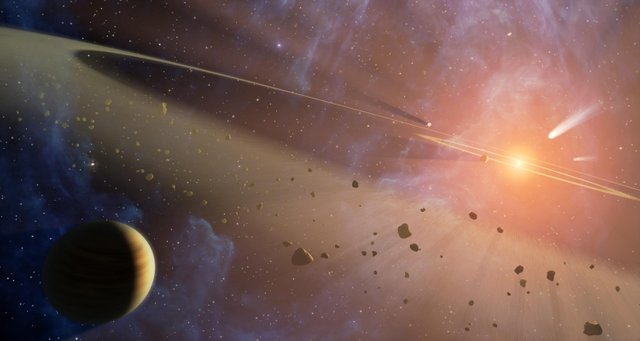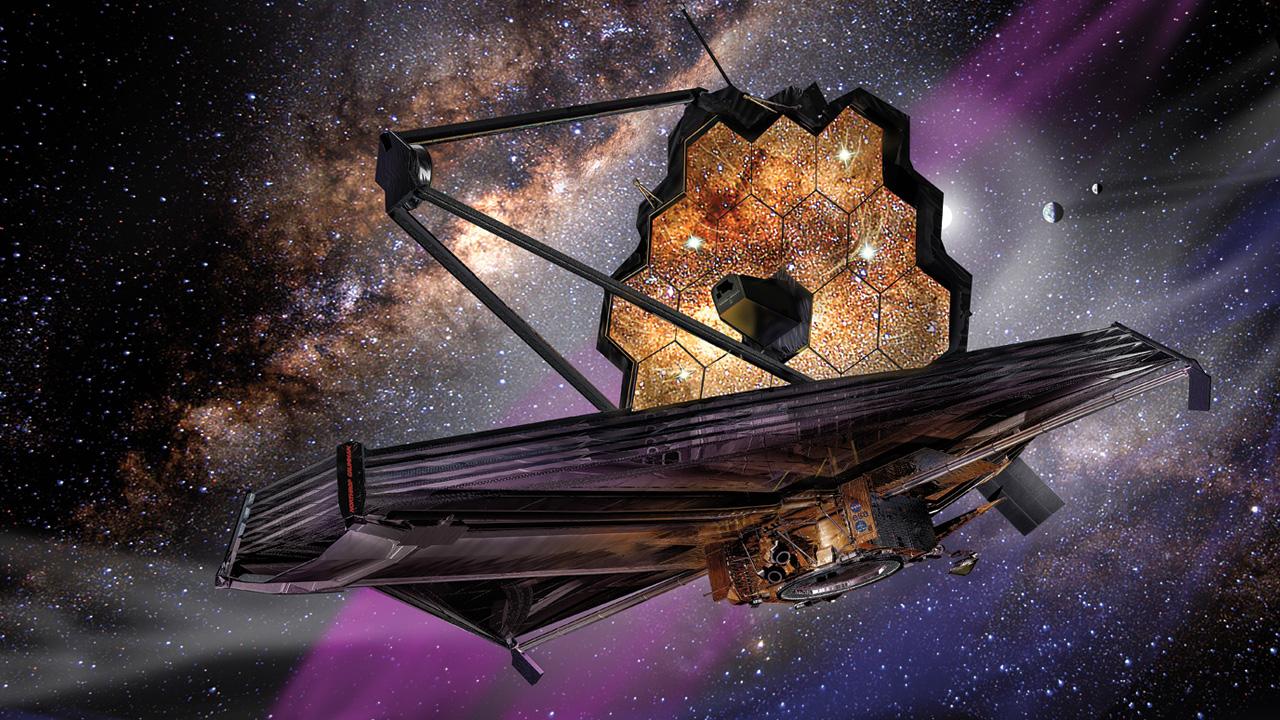ELI5: Exoplanets
ELI5 is a new series of posts which I thought of, it is basically based on the concept of Reddit's /r/explainlikeimfive. In this series, I'll explain you new scientific and general stuff in simple terms. In this article, we are going to discuss about Exoplanets.

The Discovery
Exoplanets are planets that are outside our solar system. In February 2017, NASA announced the discovery of 5 exoplanets orbiting a star called Trappist-1. This announcement caused a lot of excitement. Here’s why: all 7 of the planets (2 were discovered previously) are similar in size to Earth, and 3 of them are in what astronomers call the “habitable zone,” where temperatures are warm enough for liquid water to pool on a planet’s surface. That increases the chance that there could be some sort of biological life on these planets.
The Trappist-1 system is also relatively close – only 39 light years away. (Polaris, the North Star, is over 433 light years away!) What’s more, Trappist-1 is a relatively dim and cool star and its planets are pretty close by (closer than Mercury is to the Sun). All these factors make it easier to observe and study the Trappist-1 exoplanets. It is only when planets pass in front of the star that we can study them. Because these planets are so close to the star they take only a few days to orbit around; thus we can study them repeatedly. The first exoplanet was found in 1995. Astronomers have now found over 3,400 of them!
How do you figure out what an exoplanet is made of?
We use a spectrograph to analyze the light in the atmosphere of the star and around the exoplanet. The molecules in the atmosphere absorb specific colours of light. We use a spectrograph, which is part of the telescope, to disperse the light into its component colours, making a rainbow. We then see which colours are missing and can figure out what kinds of molecules must be in the planet’s atmosphere.
How do you look through a space telescope?
You don’t look through a space telescope with your eye. Instead, you look at images the telescope sends back to Earth. Space telescopes are sort of like giant cameras attached to satellites. And they have huge apertures (the opening that lets light into the camera); so space telescopes also have attachments called coronagraphs, which block out the starlight so smaller objects like planets can be seen.

The biggest space telescope that is in use right now is the Hubble space telescope. Its aperture is 2.4 metres wide (the aperture on your cellphone’s camera is measured in millimeters). The James Webb Space Telescope, which will be launched into space next year, will have an aperture more than twice the width of the Hubble Space Telescope – 6.5 metres! This means it will be able to take higher resolution images of dimmer space objects that are even farther away.
How do astronomers find exoplanets?
Astronomers detect exoplanets by analyzing images from space telescopes. One method, called the transit method, involves looking for the planet’s shadow – the slight reduction in the amount of light coming off the star when the planet passes in front of the star it orbits. The other method involves detecting what scientists call the red or blue Doppler shift in the light coming from the star. When a large exoplanet is moving near its star, the planet actually causes the star to move a tiny bit. This movement causes a teeny “wobble” in the light coming from the star. That tells astronomers the planet must be there.
I Hope you like the new concept of ELI5, I'll try to write 2-3 such posts each week and see how it goes. Tell me in the comments if it's a good idea.
If you liked this, you can see more of my stuff here!
That is a great way to promote science towards the general audience. On top of that, the topic is really hot those days. Exoplanets are really intriguing and will maybe one day help us to understand better the mechanics of the universe.
As a bonus, and in addition to resteeming for exposure, we are awarding you a small 10 Steem Power deposit as a thank you for creating quality STEM related postings on Steemit. We hope you will continue to educate us all!
It's not really a new concept, but I do I like. Also I think the chance of finding alien life is probably impossible. I mean, if evolution is true, then it means we are immensely lucky to even exist. Also take into consideration that the universe basically goes on forever, the chance that another planet that we can see harbours life, seems extremely unlikely.
The ELI5 concept is indeed not new, but I will support any good project aiming to improve the content of the science category on steemit! So please go ahead!
Thanks for the encouragement :)
By taking part to the discussion following this post, I got 9 STEEM and something (that I rounded to 10 STEEM) that I promised to send to someone else. You have been selected and those 10 STEEMs are now part of your wallet, under the form of steem power of course ! :)
Thank you :)